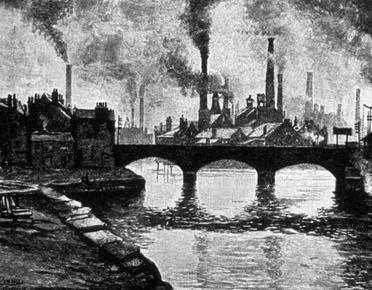Surrealism, The Early Years - Blake Williams Surrealism is the expression of the subconscious, repressed intellectual desires and especially the dream. It is the art form of true freedom of expression. Surrealism led to the careers of Salvador Dali, Freida Kahlo and Rene Magritte and to the formation of much of the art of the late twentieth and early twenty-first century. It was the defining art style of the inter war years and many of the earliest pioneers formed a substantial part of their art around their hatred of their paternal generation because they blamed them for the atrocities of the First World War. The beginnings of surrealism are as vague as the art style itself and it is impossible to pinpoint an originator from a collection of artists who all in their own right formed a substantial amount of surrealism’s early years.
surrealism. There are however two problems with this claim, the first is that there are artists that preceded Breton who write or paint in surrealist techniques and the second is that Breton and his followers only believed Poetry and its dominance and refused to accept any other art form. The phrase surrealism was coined by Guillimare Apollinaire in 1917 in reference to a painting by Giorgio de Chirico of a street location with a hallucinatory effect. The two men had been in correspondence for a period of two years with Guilimare effectively mentoring de Chirico. Guillimare Apollinaire was a French poet Novelist and short story writer as well as an art critic and passionate defender of cubism. As well as a passionate defender of surrealism he wrote the first surrealist novel, ‘The Breasts of Tiresias’, which became the base of Francis Poulenc’s 1947 opera les mamelles de Tiresias. He was both a defender and pioneer of surrealism but he did not do enough to launch surrealism through his own work to be considered a true originator of surrealism.
It is impossible to mention surrealism’s early years without mentioning André Breton and his surrealist manifesto. Breton was a French poet who did not fight in the First World War but treated shell shocked and other mentally ill patients in SaintDizier Psychiatric Centre. This is where Breton said that he found ‘almost all of the groundwork for surrealism’. This is because almost all of his work involved analysing patients’ dreams. In 1924 André Breton published the ‘Manifeste de surrealism’. This is the defining document of Breton’s interpretation of surrealism and what he believed to be the only document of any worth on surrealism. However, a week prior to the release, Yvan Goll published a differing doctrine by the same name. This led to a vicious battle for the rights to the term surrealism between both men and their devout followers which culminated with Breton winning the rights to the term Surrealism and virtually eliminating Yvan Goll from the history books. This would appear to be all the evidence that is required to make Breton the obvious originator of
However, Apollinaire’s apprentice Giorgio de Chirico could be considered an originator; he painted arguably the first surrealist painting, and went on to paint throughout the height of the surrealist era creating some of the most memorable paintings of the surrealist age. However, he clashed with Breton and his legal definition of surrealism and rocked Breton and his devout followers with his painting because they were the physical representation of their poetry and Breton detested that his ‘purest’ artform was being besmirched by lesser artists through paint and canvas. The reason for his immense success was the way that he perfectly married the dream like surrealist with famous icons of the Romantics such as his painting ‘The Disquieting Muses’ 3











